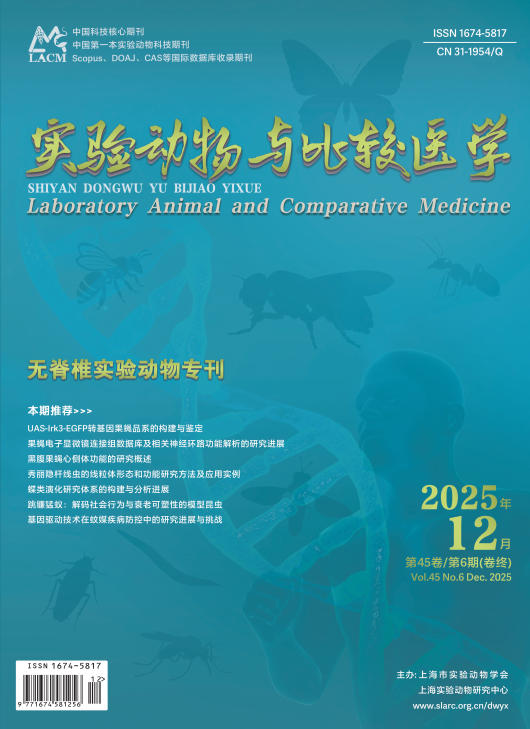Objective To analyze the modeling elements and subjects of the animal model of skin photoaging, and to provide a reference for the preparation and improvement of the model and a basis for the scientific evaluation of the subject. Methods By searching and collecting relevant literature on the preparation of animal models of skin photoaging from 2010 to 2022 in the China National Knowledge Infrastructure, Wanfang Database, and PubMed database, the model animal species, gender, modeling method, modeling cycle, radiation source and its distance from the modeling site, cumulative radiation volume, detection indicators, and subjects (drugs or treatments) recorded in the literature were collated and summarized, and a database was established for statistical analysis. Results 257 articles that met the inclusion criteria were selected. Among them, the most common animal model was SKH-1 hairless mice, followed by SD rats and KM mice; the gender of animals was mainly female, medium-wave ultraviolet B (UVB) was often used as the radiation source, the distance between the radiation source and the modelling site was mostly 30 cm, and the modelling period was usually 40-60 days. The cumulative dose of long-wave ultraviolet A (UVA) was between 100-150 J/cm2, and the cumulative dose of UVB was between 5-10 J/cm2. The tests used after model establishment were skin histopathological examination, skin tissue homogenization, fibre staining, immunoblotting, etc. Subjects included Chinese herbal medicines, Chinese herbal extracts, Chinese patent medicines, Chinese herbal compound medicines, chemical drugs, biological agents and other treatments, while the animal model of skin photoaging was also used for clinical efficacy studies of external Chinese medicine, physiotherapy and positive control drugs. Conclusion In skin photoaging animal experiments, female SKH-1 hairless mice are often used, and UVB is used as the radiation source. The modeling period is usually 40-60 days, and the minimum erythema dose (MED) is incremented week by week. The cumulative UVB irradiation dose ranges from 0 to 10 J/cm2, which has the advantages of high success rate, good reproducibility and high similarity with clinical disease.

